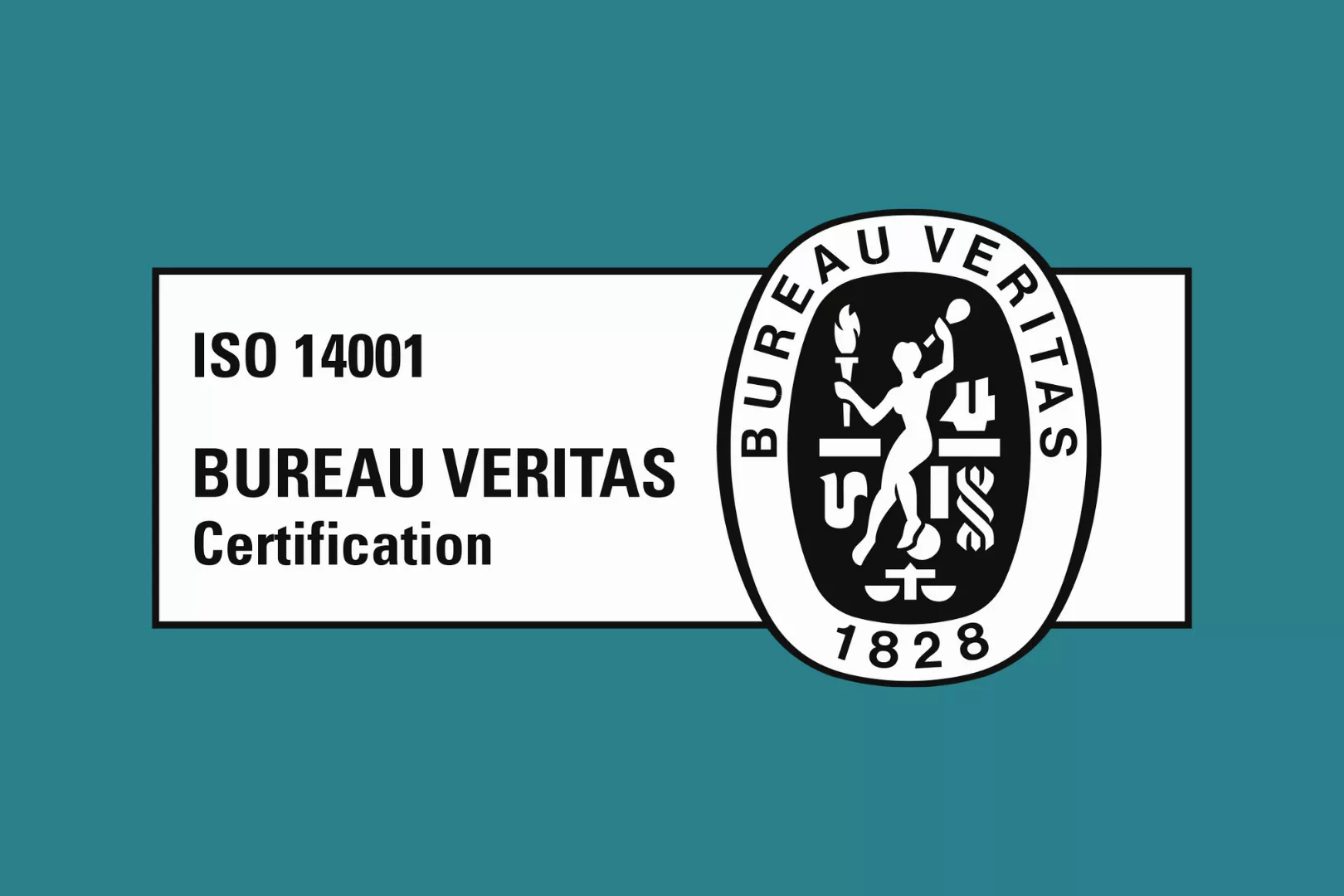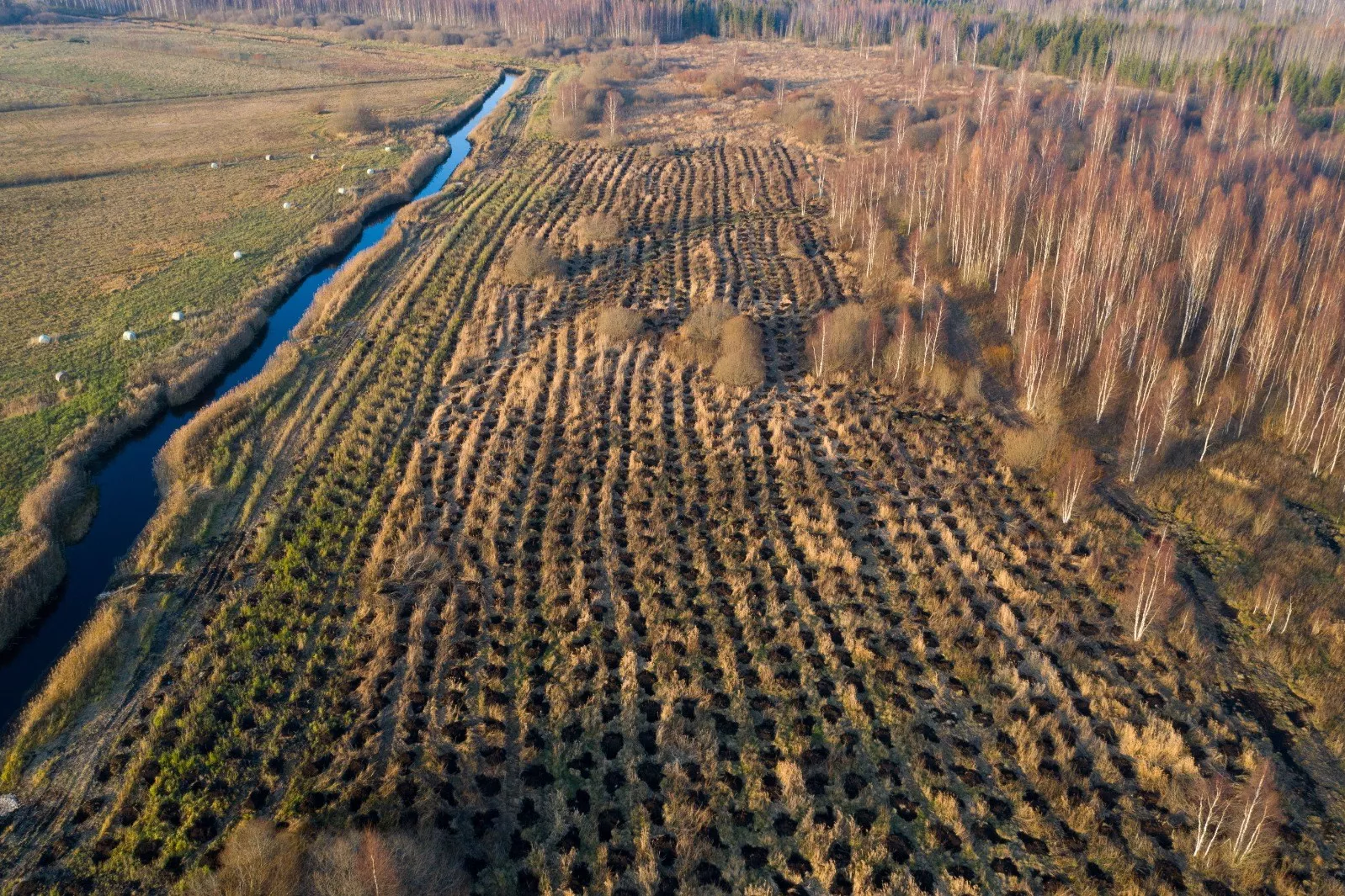“Latvijas Gāze is actively working on supplementing its core business products with low-carbon products. To promote this direction, funds are being invested in the development of gas produced from renewable resources, active participation is being taken in the development of regulatory enactments, an analysis of the most appropriate technologies has been performed, introduction of renewable gas into distribution and transmission networks and use in transport has been studied, as well as general public education by participating in seminars and publishing the latest information on the topic has been carried out, ”says Olavs Ķiecis, Head of the Business Development of Latvijas Gāze.
Benefits of biomethane
Although natural gas, which currently provides about 25% of global primary energy supply, has the lowest carbon footprint, the importance of low-carbon gases is increasingly recognised. These are biomethane produced by the anaerobic digestion, synthetic natural gas, and low-carbon hydrogen. The current level of production, as well as the relative costs of biomethane, synthetic natural gas, and hydrogen, demonstrate the importance of making biomethane a political priority. The benefits of biomethane are most often only talked about from an energy point of view, but it is also important to remember all the positive aspects of biomethane production from an environmental and sustainability perspective.
Latvia has an infrastructure suitable for biomethane and it is maintained in good technical condition
Biogas and biomethane are renewable natural gases (RNGs) that help reduce GHG emissions throughout their value chain. The use of these gases is essential if we are to accelerate the reduction of GHG emissions in several sectors, including industry, district heating, transport, and agriculture.
The introduction of biomethane into the natural gas network to replace conventional gaseous energy carriers does not require additional investment in the development of new infrastructure. In Latvia, the existing natural gas infrastructure is also ready for biomethane. This is a key condition for increasing the decarbonisation of the gas supply sector and ensuring affordable prices for renewable energy consumers. In addition, biomethane can be easily stored and produced in a constant volume, balancing the supply of energy from intermittent sources of renewables such as solar or wind. As waste streams are generated locally, biomethane is derived from local resources ensuring local market security and reducing dependence on external service providers.
Waste-to-energy
Biogas is produced by the decomposition of organic materials and waste. These residues are placed in oxygen-free biogas bioreactors. With the help of various bacteria, organic matter decomposes, thus, releasing a mixture of gases: 45-85% of methane and 25-50% of CO2. This is a natural process, also called anaerobic digestion, and has long been used to ferment bread and brew beer. The outcome of the process is RNG, which has a wide range of applications. For example, biomethane is produced by purifying biogas. The purification of biogas from CO2, water, hydrogen sulphide, and other impurities produces high-calorific gas that can be fed into the natural gas network and used safely without any changes to the natural gas transmission and distribution infrastructure as well as to the end-use sector.
Sustainable agriculture and closure of carbon loop
Sustainable agriculture and the closure of the so-called carbon loop are also directly linked to the production of biogas and thus to the involvement in sustainable resource management and energy.
The digestate from the biogas process is the remaining degraded biomass: it is a stable, organic, and nutrient-rich (N, P, K) substrate. Unlike the raw materials used to produce biogas, the digestate can be used directly as an organic fertilizer. In addition, the use of organic fertilizers offers several advantages: first and foremost, it allows the re-use of nutrients and the replacement of mineral or fossil fertilizers. Compared to untreated manure, the digestate is also disinfected as the biogas production process neutralizes most of the pathogens in it.
The production of biomethane produces CO2 as a by-product of the biogas treatment. Through its flow, the potential for photosynthesis in the greenhouses can be maximized. CO2 can also be widely used in the food industry. This is the last step in the so-called short carbon cycle – a process that begins with the use of carbon in organic residues to produce biogas. The short carbon cycle continues with the re-use of the carbon in the digestate, but ends with the use of atmospheric carbon in photosynthesis.
Clean transport
In the transport sector, biomethane is used as a biofuel in compressed (CNG) or liquefied (LNG) form and it is called bioCNG or bioLNG. Biomethane in transport is important in terms of GHG reduction considering the well-to-wheel carbon footprint of vehicles. Using the potential of only one RNG, e.g., biomethane, it is possible to achieve real reductions in environmental pollution in two highly energy-intensive segments of the transport sector: freight and maritime transport, which are difficult to electrify and in which electrification would be objectively less efficient than, for example, in segments of the road passenger transport and public transport.
Implementation of circular economy principles
The EU Strategic Initiative Resource efficient Europe outlines the way to ensure the sustainable use of natural resources and to improve resource efficiency in the transition to a circular economy through synergies between different sectoral policies (in particular, the move towards a low-carbon economy, including renewable energy, transport modernisation and energy efficiency measures). The Roadmap to a Resource Efficient Europe set out concrete directions for the development of resource efficiency policies in the EU, which was implemented in Germany, Austria, Denmark, the Czech Republic, Finland, Ireland and in several other EU countries. The transition to a circular economy in the field of energy is also more successful in these countries than elsewhere.
Biogas is mainly produced from organic waste, which implies the inclusion of this process in the general framework of the circular economy (or, more specifically, the circular energy economy). Sources of biogas production can be agricultural waste, manure, as well as bio-waste from households or industrial and commercial facilities. In addition, biogas can be obtained from wastewater and landfills, which further increases its added value as a secondary resource.


